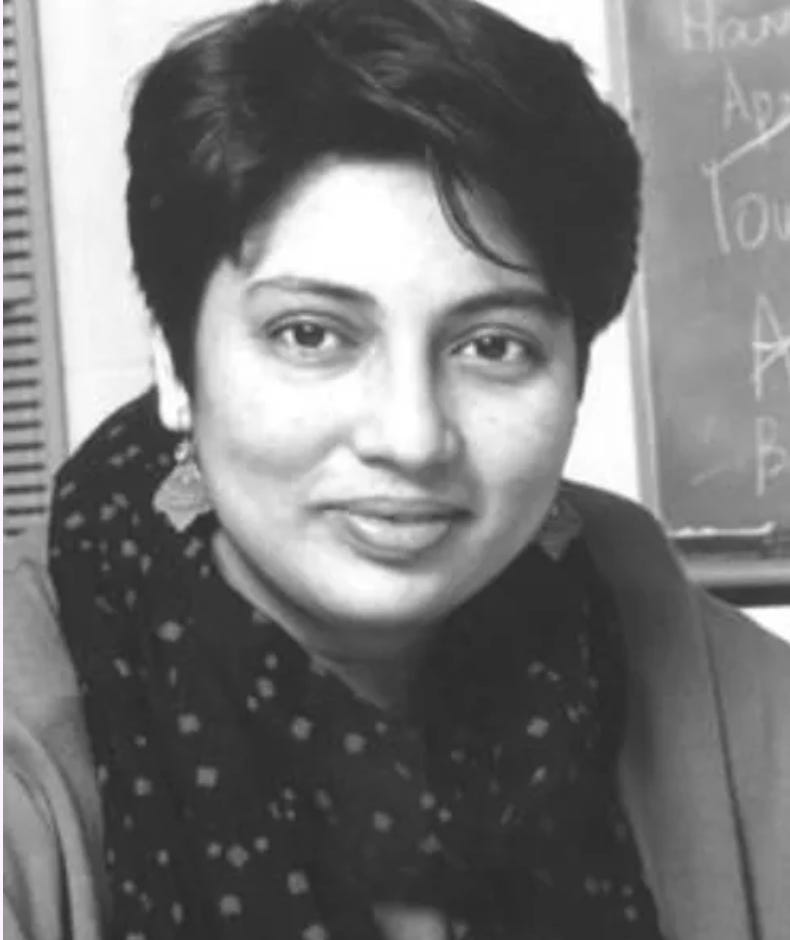What is Decolonialized Feminism?
Feminisms for the women of the global majority
Chandra Talpane Mohanty
Thank you for reading unknown canon. I advocate for intersectional feminist♀️and lesbian ⚢ literature, history, and analysis; and directly with survivors of assault.
I would appreciate it if you could please support by liking and sharing this or other posts.
If you have the means, please consider becoming a paid subscriber — which helps grow my advocacy ♥️
Witches and Bride Burnings
I’d felt a lifetime of guilt for the old Hindu practice of sati, bride-burning. A practice already illegal before my grandparent’s birth. It would more accurately be widow-burning, as she was burned on the pyre of her recently-dead husband. Rooted in misogyny, the idea descended from ideas of property, inheritance, and taking care of a woman who no longer held economic value to her deceased husband’s family.
I felt that lifetime of guilt start to lift when I read about the scholarship Rafia Zakaria’s Against White Feminism, and learned that the practice was rare. It used by the British…


